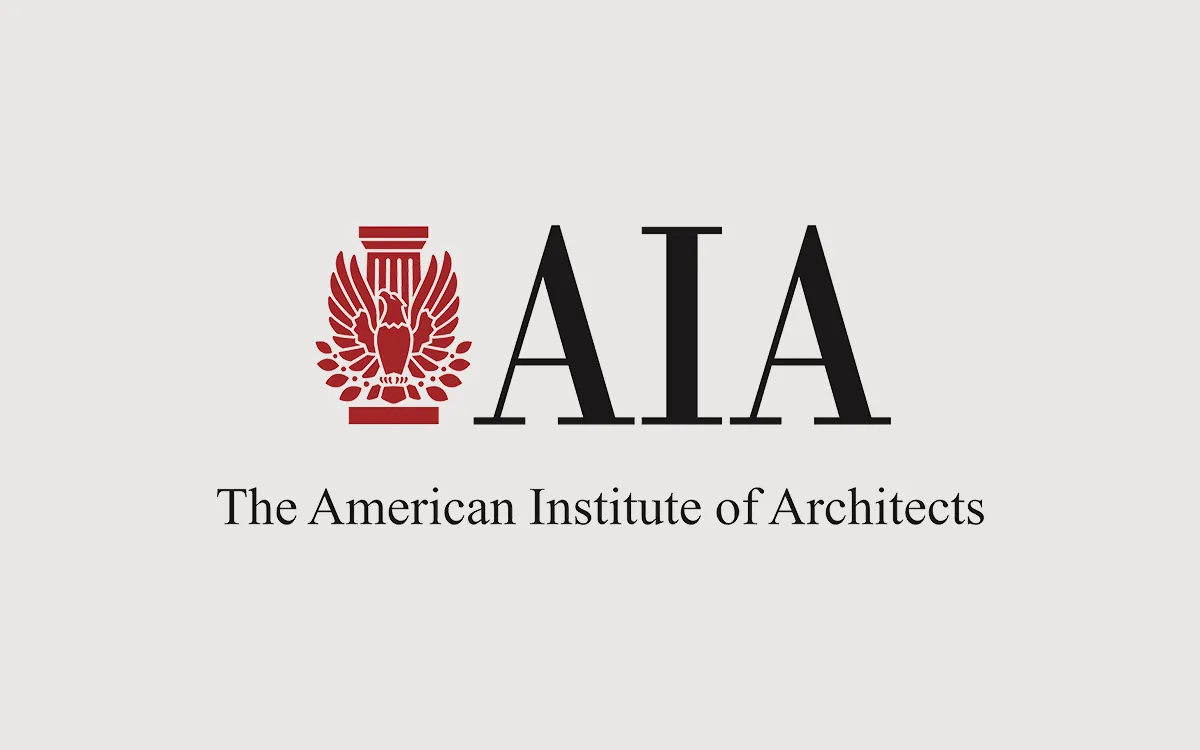By Carolyn Nutter
•
August 21, 2024
WASHINGTON – August 21, 2024 – July marked the eighteenth consecutive month of declining billings for architecture firms, according to the latest data from the AIA/Deltek Architecture Billings Index (ABI). While the ABI score of 48.2 indicates that fewer firms reported declines in billings compared to June, over half of the responding firms continue to navigate challenging business conditions. "Architecture firms continue to face a billings slowdown,” said Kermit Baker, PhD, AIA Chief Economist. “However, the emerging prospects of lower interest rates coupled with a modest uptick in project inquiries suggest that some dormant projects may be revived in the coming months.” Newly signed design contracts saw a decrease for the fourth consecutive month, although the rate of decline has slowed. Notably, inquiries into new projects have increased, although at a continued slow pace. Regionally, firms located in the Northeast experienced stable billings for the second consecutive month, representing the first two-month period with scores at or above 50 since mid-2022. Billings declined in other regions, yet the pace of those declines has decreased across the board The ABI score is a leading economic indicator of construction activity, providing an approximately nine-to-twelve-month glimpse into the future of nonresidential construction spending activity. The score is derived from a monthly survey of architecture firms that measures the change in the number of services provided to clients. Key ABI highlights for June include: • Regional averages: Northeast (50.0); Midwest (47.6); South (46.3); West (46.0) • Sector index breakdown: commercial/industrial (45.0); institutional (49.1); mixed practice (firms that do not have at least half of their billings in any one other category) (47.7); multifamily residential (45.4) • Project inquiries index: 52.4 • Design contracts index: 46.5 The regional and sector categories are calculated as three-month moving averages and may not always average out to the national score. Visit AIA’s website for detailed information about this, and past billing index reports.
















